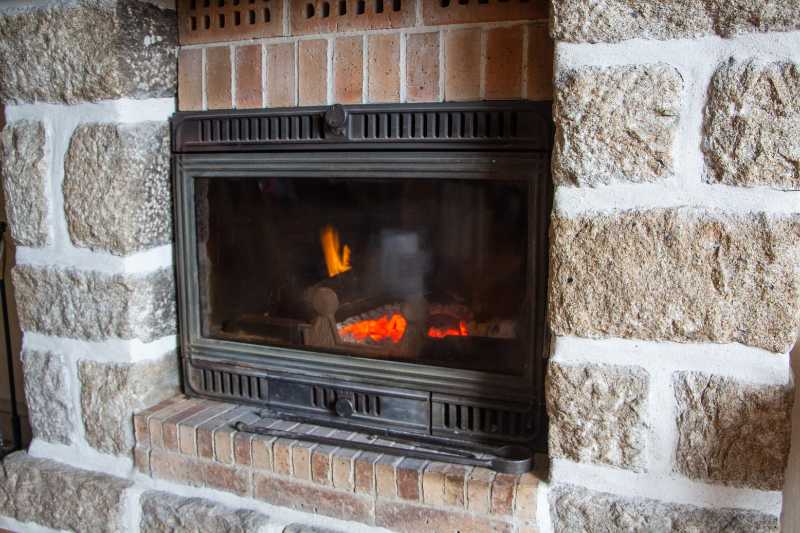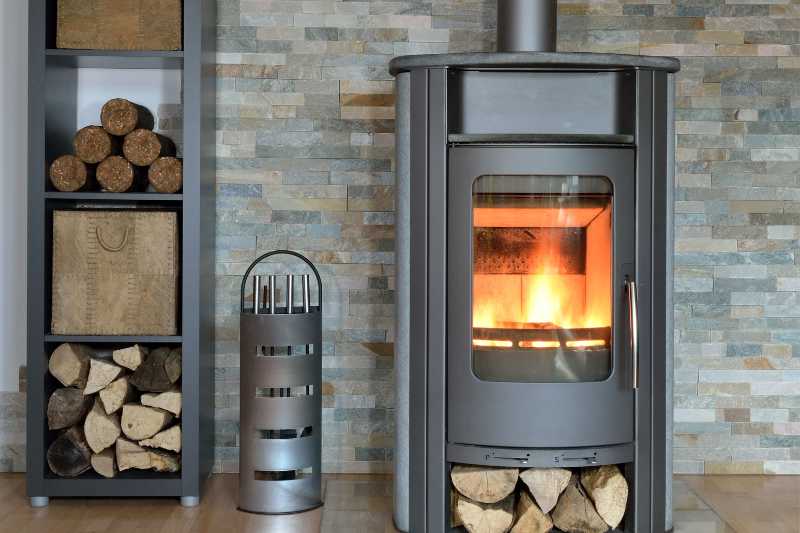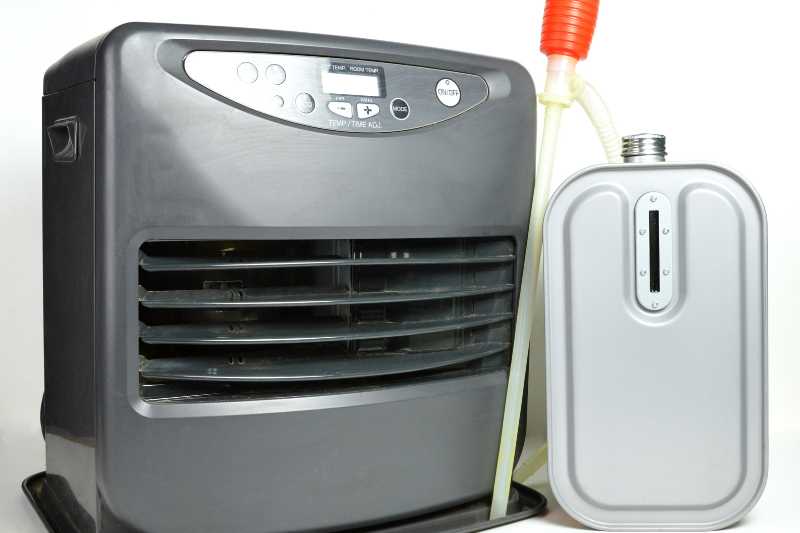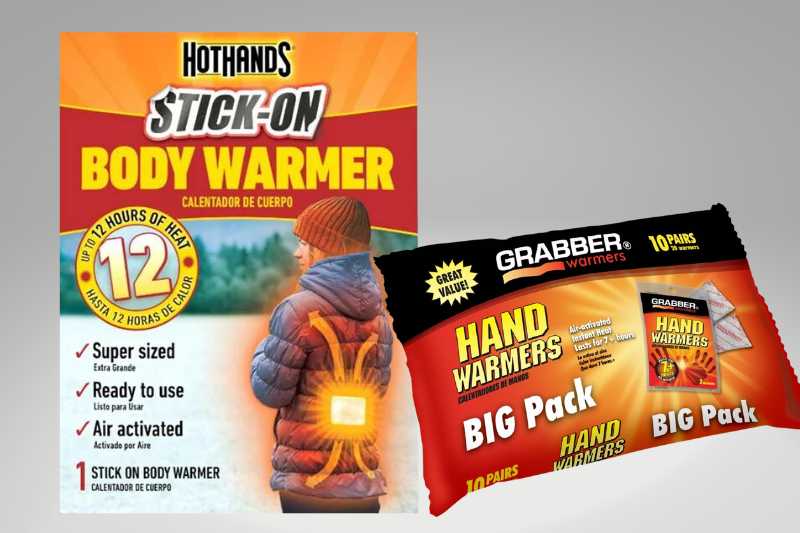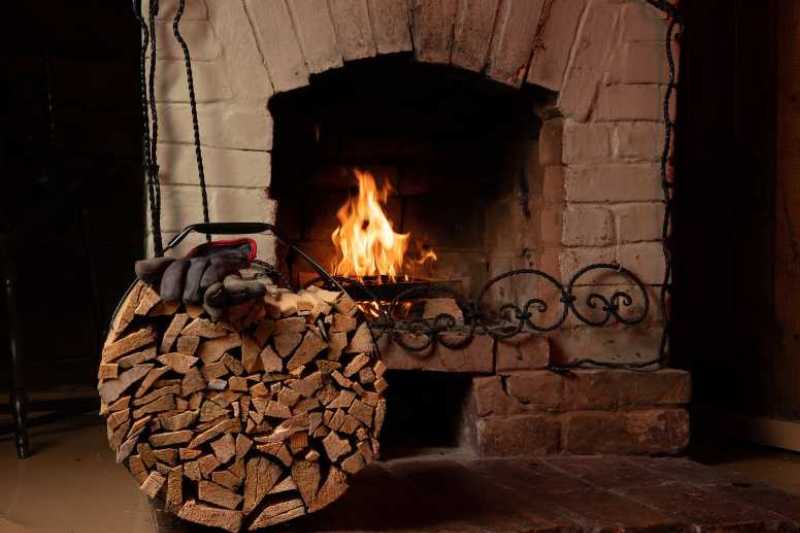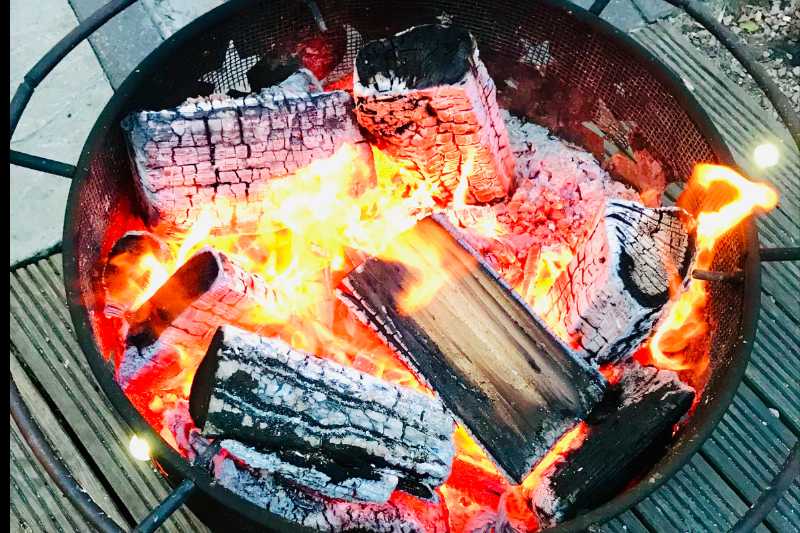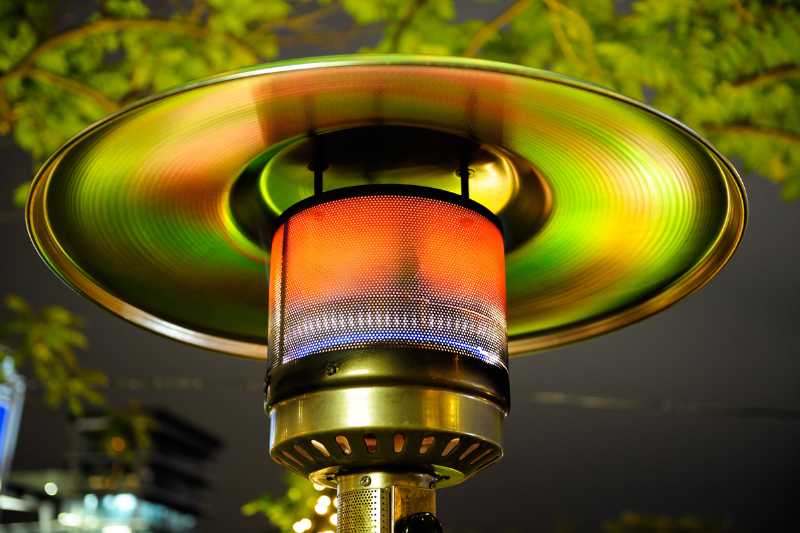You may already be set to do this. If not, this will take a bit of planning on your part. Here are some tips to consider.
Seasoned Wood
The moisture content of wood affects efficiency. Make sure to use properly seasoned firewood for optimal burning. If you are seasoning it yourself, make sure you have the proper wood harvesting knowledge, skill, and tools including a wood saw or chainsaw, and the correct method of splitting, stacking, and covering the wood to allow proper air circulation. If not, you'll have to buy it pre-seasoned and ready to go.
Storage
Maintain a meaningful amount of firewood in storage so it will be there when you need it. Rotate through it and replace it when you can and use the FIFO method.
Tools
If you are planning on using firewood as one of your main fuel sources, here are tools you will want to have on hand: fireplace tool set (ash shovel, poker, etc.), fireplace bellows, ash bucket, hearth wood rack, firewood carrier, and outdoor wood rack.
Safety
Make sure to follow all safety guidelines when using a wood-burning fireplace, including having your chimney inspected and cleaned regularly.
Note: If you have a wood-burning or gas open fireplace with no glass enclosure, your open fireplace can be very inefficient, often operating at less than 15% efficiency due to significant heat loss through the chimney. If you would like to make your fireplace work more efficiently, especially if it will be one of your main sources of heat during a power outage, you may want to consider adding a fireplace insert. A properly installed fireplace insert can boost efficiency considerably, often bringing it up to around 60-75%, resulting in more available heat and less fuel consumption - see next.


